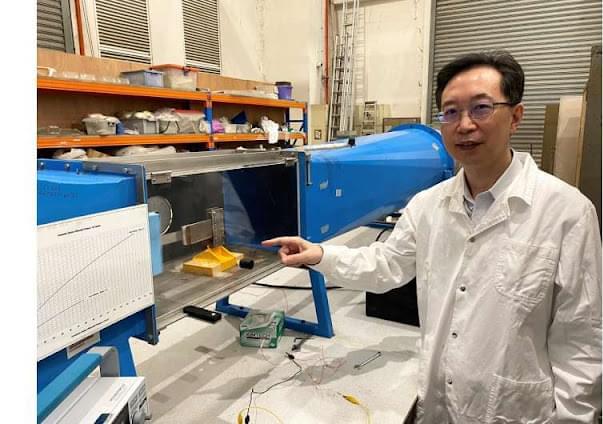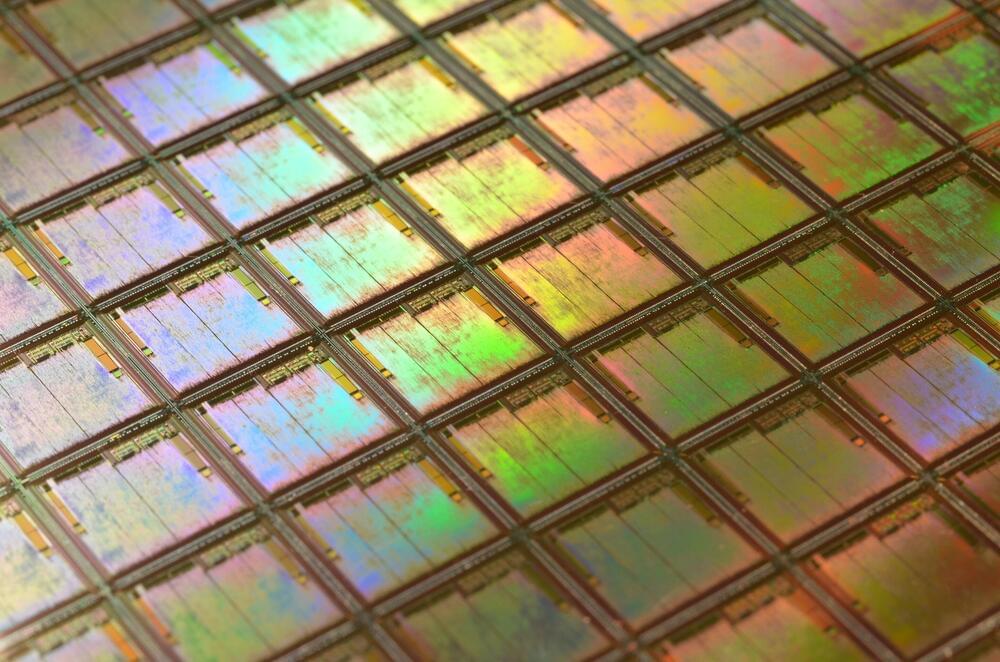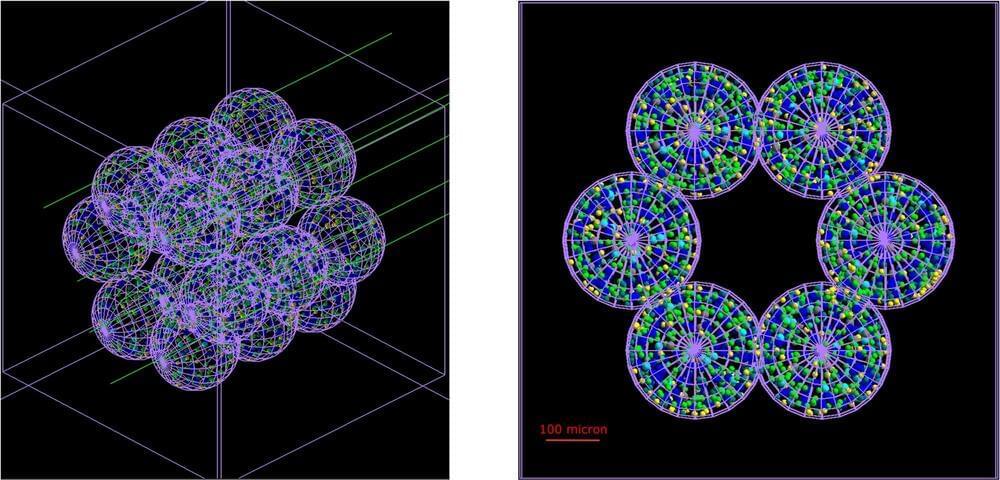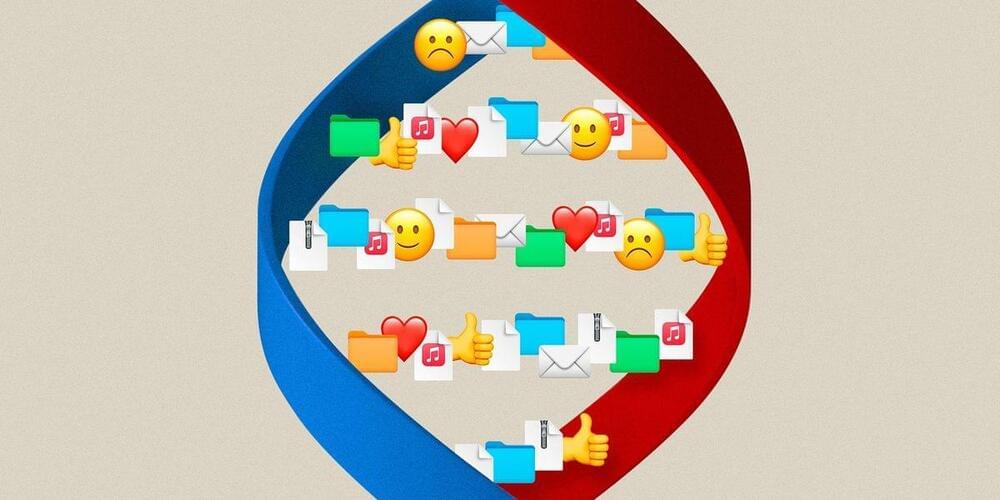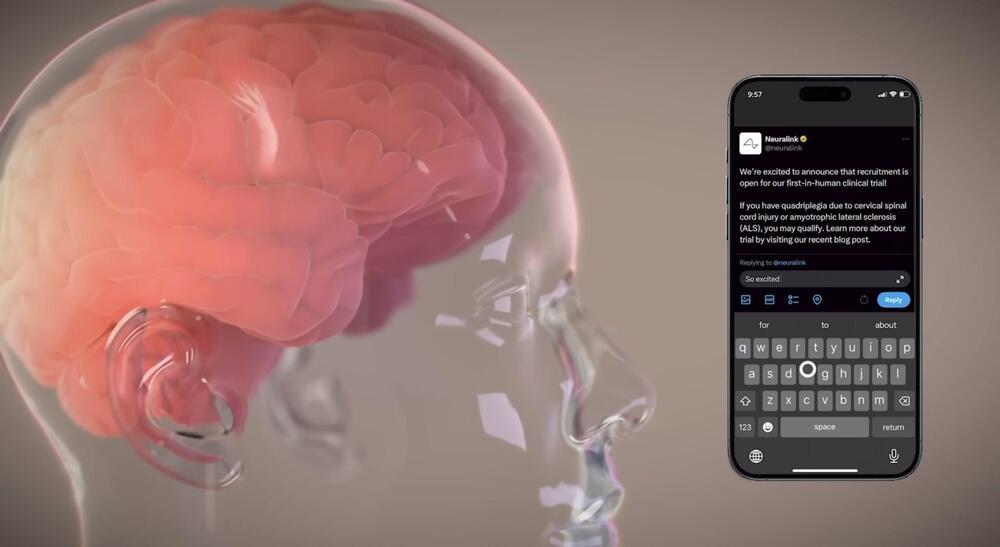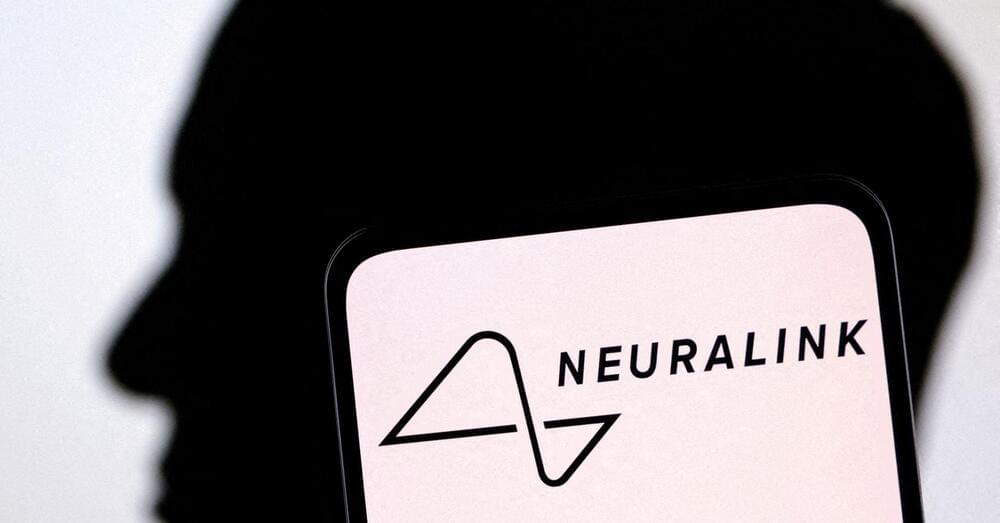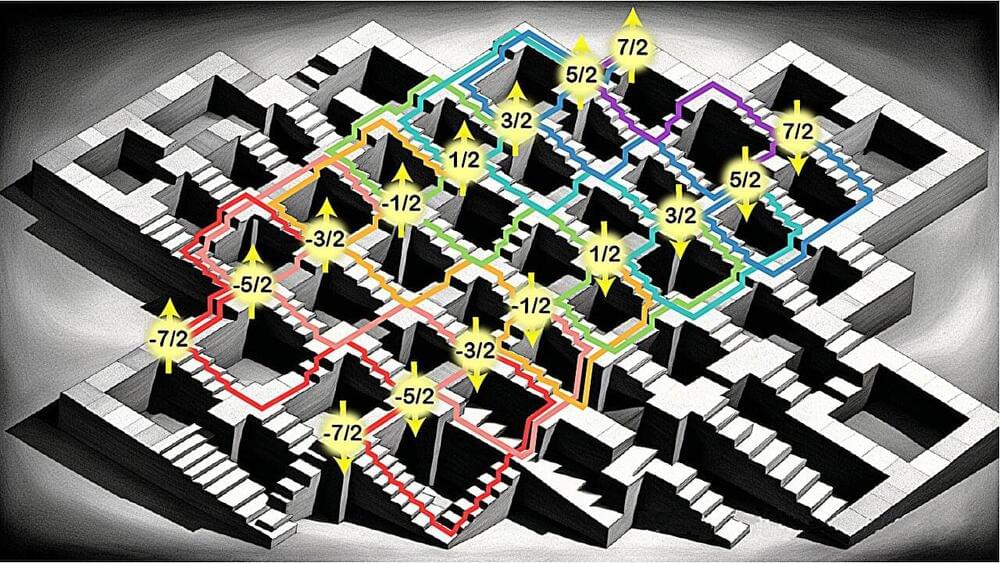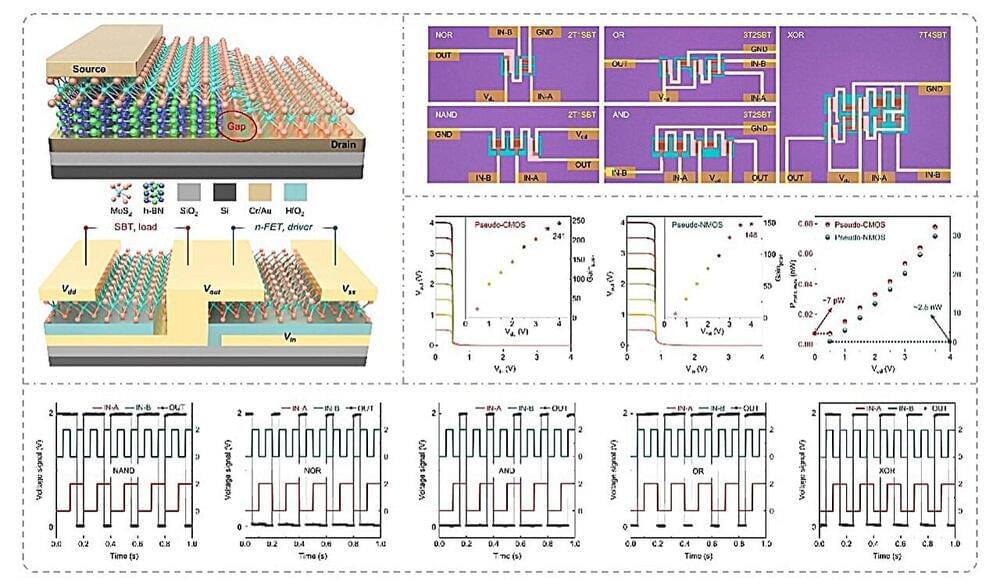
The continuous improvement of circuits and electronic components is vital for the development of new technologies with enhanced capabilities and unique characteristics. In recent years, most electronics engineers have been specifically focusing on reducing the size of transistors, while retaining a low power consumption.
Researchers at University of Science and Technology Beijing recently introduced a new pseudo-CMOS architecture based on self-biased molybdenum disulfide transistors. This architecture, outlined in Nature Electronics, could be used to create highly performing inverters, gate circuits, and other device components.
“The development of integrated circuits (ICs) for efficient computing with low power is a global hot topic and a focus of international competition in cutting-edge fields,” Zheng Zhang, co-author of the paper, told Tech Xplore.

